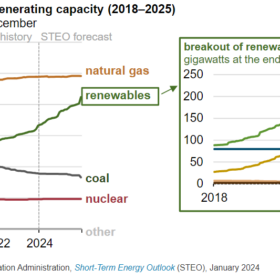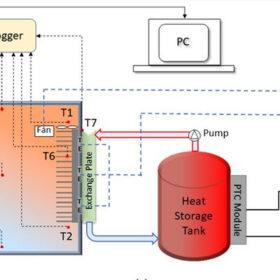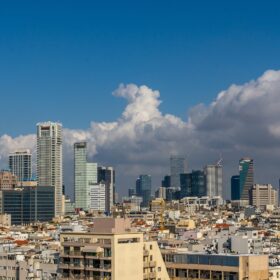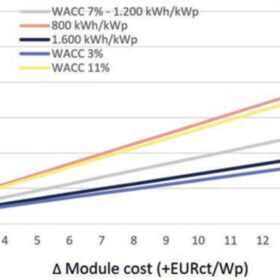US solar power generation to grow by 75% through 2025, says EIA
The US Energy Information Administration (EIA) says it expects solar generation to grow from 163 billion kWh in 2023 to 286 billion kWh in 2025.
Pixon Green Energy to add 1 GW of solar cell, module capacity in India
Pixon Green Energy is expanding its solar module production capacity to 2 GW per year by adding a 1 GW unit with backward integration into 1 GW of cell manufacturing.
New design for thermoelectric heat pumps achieves higher output, coefficient of performance
Scientists in the United Kingdom have proposed to combine residential thermoelectric heat pumps with heat storage tanks and have found this solution offers a higher heat output, a higher coefficient of performance, and shorter heating time. They stressed that thermoelectric heat pumps are easily combinable with DC photovoltaic energy.
France’s new PV installations hit 3.15 GW in 2023
The French solar market grew by around 30% in 2023, reaching 3.15 GW, according to new data from Enedis. PV systems for self-consumption accounted for around one-third of all new capacity additions.
Chinese PV Industry Brief: Jinchen to raise funds for production equipment
Jinchen says it aims to raise CNY 1 billion ($140 million) through a private placement of shares.
Israel raises tariffs for commercial PV by up to 33%
Israel’s Electricity Authority says it has reached a decision on tariffs, as current rates do not ensure the viability of large rooftop PV projects. It has also raised the tariff for stored electricity sold at peak times.
Chinese authorities complete 50 MW of PV at altitude of 5,000 meters
The Chinese government says the 50 MW Caipeng PV plant has been completed with 40 MWh of battery storage at an altitude of 5,000 meters in Tibet. The project is connected to a new 35 kV transmission line.
UNESCO reports rapid growth of solar research in Arab countries
Arab countries are “punching above” their weight in their contribution to academic research on photovoltaics, according to analysis by UNESCO. The region is expanding its global share of scientific publishing across all key energy topics, but it is highest in solar.
Heat pumps could lift people out of fuel poverty, say UK researchers
UK researchers have evaluated the impact that heat pumps could have on fuel poverty in England and Scotland. They have found that the benefits heat pumps can provide exist in both scenarios.
PV Manufacturing in Europe: Ensuring resilience through industrial policy
In its latest monthly column for pv magazine, the European Technology and Innovation Platform for Photovoltaics (ETIP PV) presents the main findings of its White Paper on PV manufacturing. The report evaluates how policy and regulatory frameworks have evolved for European companies in the PV sector, and compares these frameworks to the PV industrial-policy evolution of key global markets such as China, India, and the USA.










